
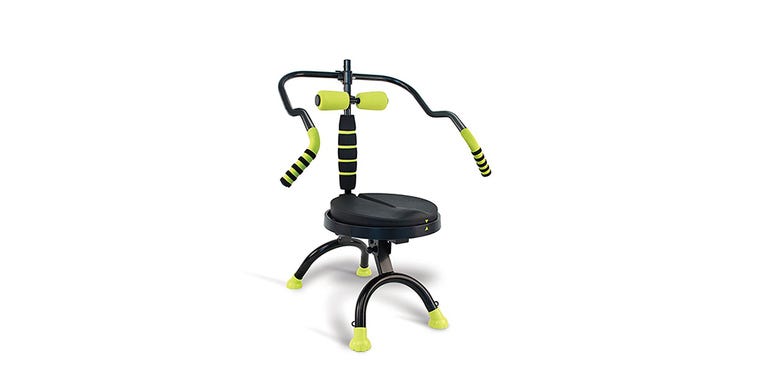
You can find some great stuff in fitness infomercials, from Suzanne Sommers and her Thighmaster to the very LOL-worthy Shake Weight. And if you’ve found yourself watching late night TV more recently, you might have spied promos for the AB Doer 360.
The device—created by John Abdo, a strength and conditioning coach who invented a number of products (like Contour-Weights and the WonderBack Pro)—claims to help you firm up and burn fat from head to toe, and even massages your back while you’re at it. Sound too good to be true? Here’s what you need to know.
What Is The Ab Doer 360?
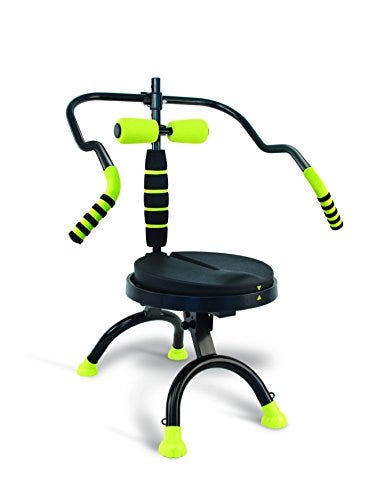
The AB Doer 360 is basically a fancy chair. There are four important parts: the “core support column,” which has a 360-degree range of motion to work every part of your core (including your lower abdominals, upper abdominals, and obliques); the “fluidity seat,” which wobbles and creates a balance challenge for your core; the arm bars, which keep your body in the correct alignment; and a dual foam roller system that will work the kinks out of your back muscles.
When you buy the chair, you’ll also get a guide to Abdobics, Abdo’s sculpting-meets-cardio workout plan.
On YouTube, Abdo demos moves like figure eights, windshield wipers, and side crunches, all of which can be completed from your chair.
How Does It Work?
The AB Doer 360 purports to help you tone up all over, burn fat, and increase flexibility. That sounds like a tall order for a chair, but the idea that you need to work your core from all angles to achieve results is rooted in truth.
“The core is made up of multiple muscle groups,” explains Adam Rosante, certified personal trainer and author of The 30-Second Body. Because the stem moves in multiple directions, it’ll activate all your core muscles as well as your back muscles.
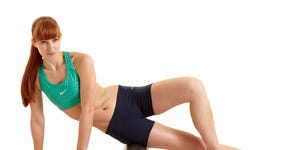
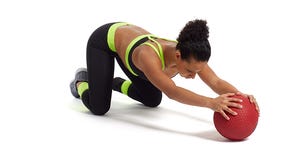
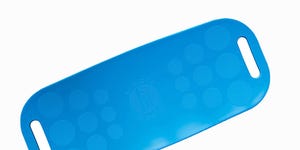
The balance challenge the seat provides is similar to what you’d experience on a stability ball. Challenging your balance is important, because “the role of the core is to protect and stabilize the spine while your extremities are in motion,” says Rosante. “A strong core that’s fully engaged will help you with balance.”
But balance training on its own, he adds, is a subpar core strengthener. Strengthening your abs takes real exercises, like planks, hollow-body holds, and situps.
By the way, that dual foam roller system that massages your back while you work out doesn’t just feel good—there are benefits to stimulating your back or spinal muscles while doing core work. “The erector spinae and lumbar muscles, often thought of as back muscles, make up a portion of your core. Strengthening them is part of strengthening it,” explains Rosante.
And those elevated bars help you with the hardest part: keeping your body in alignment so that you can actually maximize the exercises. “Flexibility, along with strength and mobility, are what will help you achieve proper alignment,” says Rosante. If you’re hunched over in the chair, you’re going to cancel out the benefits of any core workout you might get.
Is It Legit?
All that said, this isn’t really a tool meant for serious exercisers. “Gimmicks don’t create results. Intelligent, science-backed programming met with consistency does,” says Rosante. “Twisting around in a chair is very unlikely to do much fat burning.” The reality is, you can’t achieve massive results with minimal effort, and this product is selling a minimal-effort workout.
A post shared by @abdoer360 on
Plus, the entire point of exercise is to get out of your seat. Americans spend the equivalent of more than 12 hours out of a 16-hour waking day sitting, according to a study of nearly 8,000 adults. “That seated position leads to tight hip flexors, which pull the body out of alignment and cause major back pain and potential injuries,” says Rosante. “The last thing people need is to spend more time sitting!”
Any fitness tool should be used within a larger fitness program that balances strength training, cardio, flexibility, mobility, and recovery. “Spot training—like targeting just your abs—is a thing if you want to grow a singular muscle,” Rosante says. “If, however, your goal is to lose fat, you’ve got to lose it all over, not just one place. And that’s done best with total-body strength training and a nutrient-dense diet with little sugar and processed foods.”
What Can You Do Instead?
There are literally hundreds of abs workouts that you can do to get a better, more targeted core workout. If you don’t know where to start, try this quick bodyweight circuit from Rosante:
Do each move for the amount of time or reps indicated, then repeat all four for three to four rounds total.
Plank
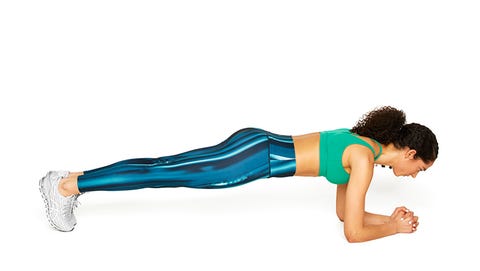
Allie Holloway
How to: Starting at the top of a pushup position, bend your elbows and lower yourself down until you can shift your weight from your hands to your forearms. Your body should form a straight line. Brace your abs (imagine someone is about to punch you in the gut) and hold for as long as possible without losing your form.
V-Ups
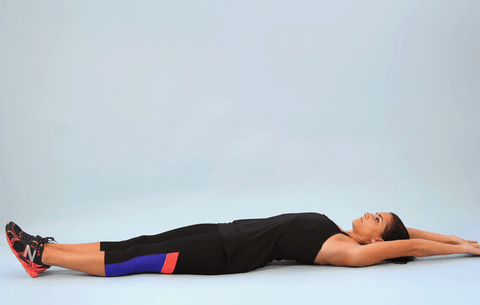
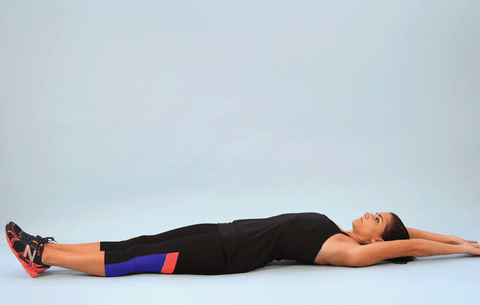
Jen Pena / Alyssa Zolna
How to: Lie faceup on the floor with your legs and arms straight. Hold your arms straight above the top of your head. In one movement, simultaneously lift your torso and legs as if you’re trying to touch your toes. Lower your body back to the starting position. That’s one rep. Do 10 to 15 reps.
Side Plank
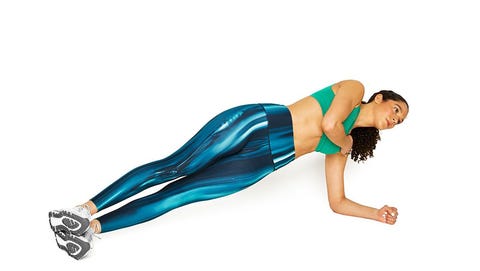
Allie Holloway
How to: Lie on your right side with your legs straight. Prop yourself up with your right forearm so your body forms a diagonal line. Rest your left hand on your hip. Brace your abs and hold for as long as possible without losing your form. Repeat on the opposite side.
Bird Dogs
How to: Sit tall on chair, gripping front edge with both hands, then scoot forward until hips and butt are in front of seat, pressing shoulders down and away from ears. Brace core, then simultaneously raise right arm forward to shoulder height while slightly lifting left foot off floor. Pause, then slowly reverse to return to start. That’s one rep. Do 10 to 15 reps and then switch arms and legs.
Source: Read Full Article